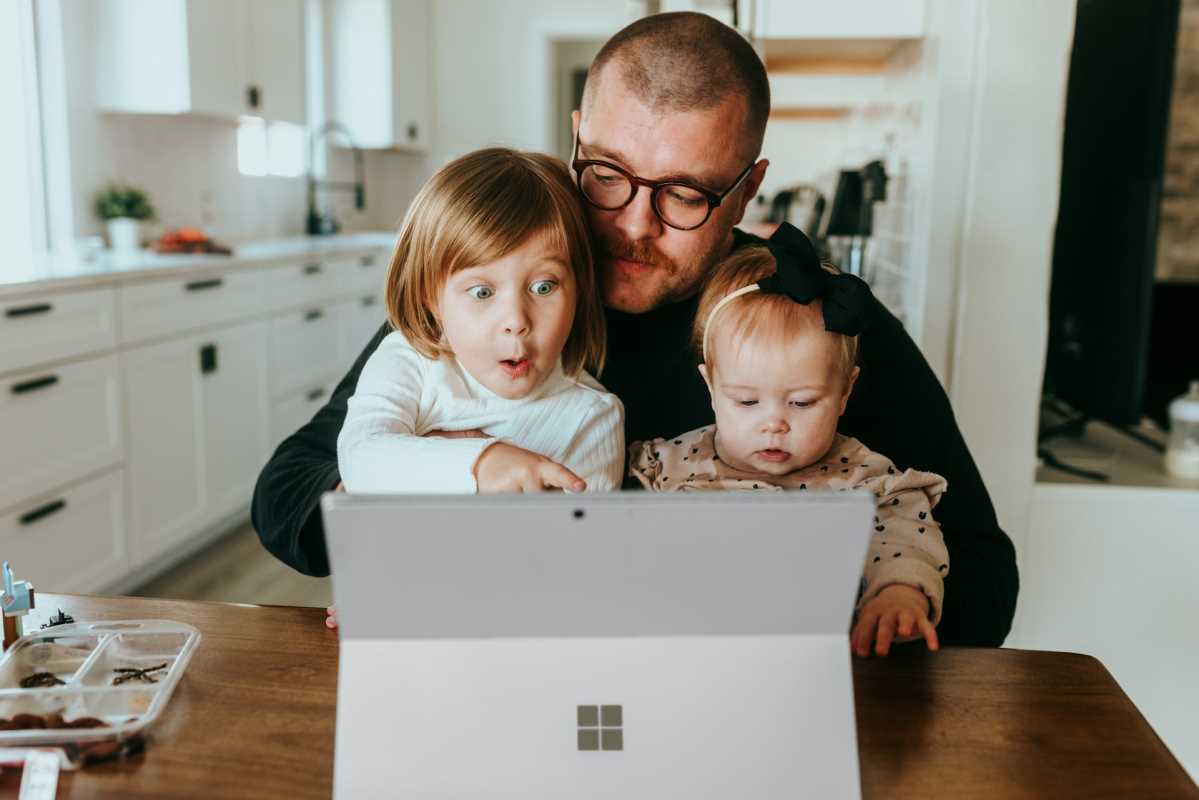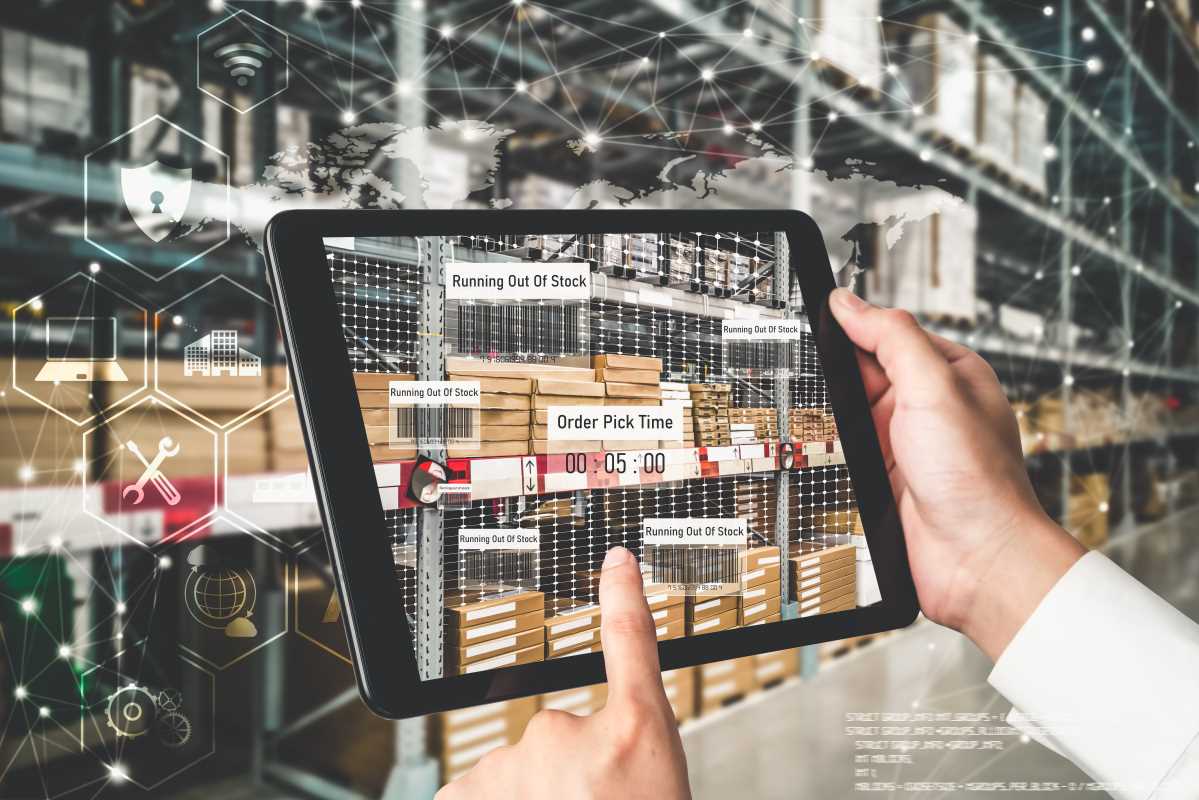It feels like not too long ago that buying something online was a simple, no-frills process. You found what you wanted, put it in your cart, and waited for it to arrive. Today, online shopping has completely transformed, becoming a dynamic and personalized experience. The technology behind e-commerce is not just growing; it's reshaping the entire retail industry from the ground up.
These changes are affecting everything from how we discover products to how businesses manage their operations. Traditional brick-and-mortar stores are also adapting, blending digital tools with their in-person service. Let's take a look at the key technologies that are driving this massive shift and what it means for the future of how we shop.
Key Technologies Driving the Change
Several powerful technologies are at the heart of this retail revolution. They are making shopping more convenient, personal, and efficient for everyone.
Artificial Intelligence (AI)
Artificial intelligence is the engine behind many of the smart features we now take for granted. It helps businesses understand what customers want and deliver it to them in a way that feels natural and helpful. AI is a reliable tool for creating a better shopping journey.
- Personalized Recommendations: When a website suggests products you might like based on your past purchases, that’s AI at work. It analyzes your browsing history to offer relevant suggestions, making it easier to find what you're looking for.
- Helpful Chatbots: Many sites now use AI-powered chatbots to provide instant customer service. These bots can answer common questions, track orders, and handle returns, freeing up human agents to assist with more complex issues.
Augmented and Virtual Reality (AR/VR)
Augmented and virtual reality are bridging the gap between shopping online and in a physical store. These tools let you "try before you buy" from the comfort of your own home, which is a practical way to shop with more confidence.
- See It in Your Space: With AR, you can use your smartphone’s camera to see how a new piece of furniture would look in your living room or what a new paint color would look like on your walls.
- Virtual Try-Ons: Some fashion and beauty brands use AR to let you see how a new shade of lipstick or a pair of glasses would look on you. This makes online shopping for personal items much less of a guessing game.
Blockchain Technology
While it might sound complicated, blockchain is all about creating trust and transparency. In retail, it’s being used to make supply chains more secure and to ensure that the products you buy are authentic.
- Tracking Products: Blockchain can create a permanent, unchangeable record of a product's journey from the factory to your front door. This is especially useful for luxury goods or organic foods, where knowing the origin is important.
- Secure Payments: This technology also offers a highly secure way to make payments, protecting both the customer and the seller from fraud.
Voice Commerce
Voice commerce is quickly becoming a game-changer in the world of online shopping. With smart assistants like Amazon Alexa, Google Assistant, and Apple’s Siri, shoppers can browse, compare, and even purchase products using simple voice commands. This hands-free approach not only adds convenience but also improves accessibility for a wider range of users, including those with limited mobility or visual impairments.
- Hands-Free Shopping: Place orders, add items to your shopping list, or check delivery statuses without lifting a finger—just use your voice.
- Personalized Assistance: These voice assistants can remember past purchases, offer tailored suggestions, and streamline the reordering process.
- Expanding Access: Voice commerce makes online shopping easier for everyone, especially for users who might find traditional websites or apps challenging to navigate.
E-commerce sites can now create a shopping experience tailored just for you. They remember your preferences, show you products that fit your style, and even send you special offers on items you've looked at before. This saves you time and makes shopping feel less like a chore.
 (Image via
(Image via





